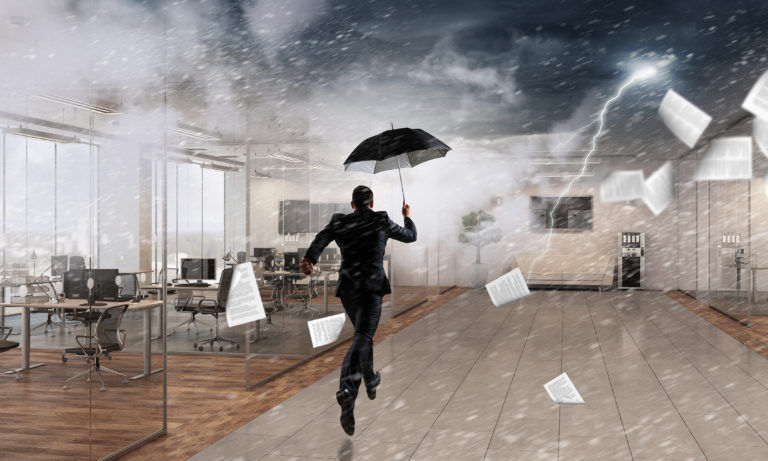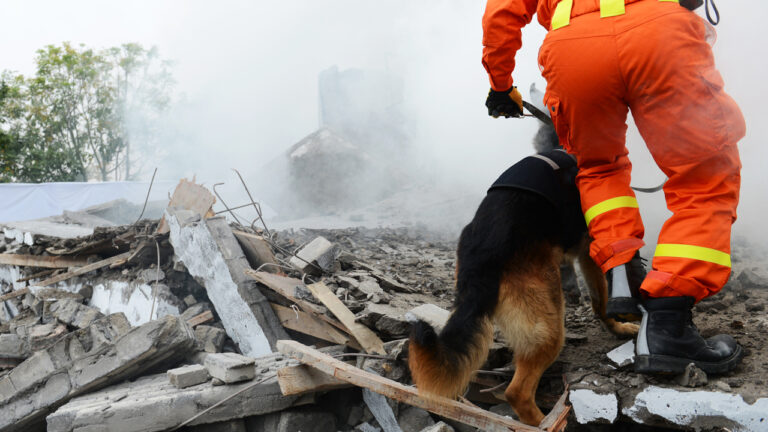5 Principles of Situational Awareness While Traveling
So, what is situational awareness? There are many definitions all of which explain what situational awareness is in a similar way. The term we use is as follows: Situational Awareness is “closely monitoring what is going on around you in a complex and dynamic environment”.
Closely monitoring what’s going on around you will help you make better and quicker decisions based on the situation. The word “complex” refers to the new environment in which you are suddenly placed. You walk off an airplane and out of an airport terminal into a new world in which you are not familiar. And “dynamic” refers to the activity that is happening around you.
Related: eLearning – Travel Security
Often, even in cultures where the way of life is much slower, your immediate surroundings may feel like they are moving at the speed of light. The next time you arrive in a foreign environment, think back to this definition of situational awareness and you will be on your way to becoming better prepared for the unexpected.
Below are the 5 principles of situational awareness:
- Training – You may now be taking your first step in better preparing yourself for your travels. We recommend that if you’re going to a country that has been identified as potentially dangerous or unstable, then your organization should consider additional practical training to advance your skills. You should check with your own Government for a list of countries that are potentially hazardous. If they don’t have a list, the US State Department’s list is a good one to use as a reference.
- Observation – You must be aware of your surroundings at all times. Only by realistic training will you be able to read the situation correctly. You may only have seconds to plan your course of action, and if you read the situation wrong, you may make the situation worse.
- Reaction – Within seconds you will have decided what course of action to take: hard, soft or passive. Responding in a passive way is when you talk or walk your way out of the situation. Responding in a soft way is when your reaction dilutes the situation from a potentially dangerous situation to a far less one. And finally hard – this is when you use maximum force to save yourself from a life threatening situation. Which ever one you choose you must see it through to the end. It is better to progress your response, i.e. try and start off passive and only go to soft and hard if required. You can always step up your response but it is very hard to reduce it.
- Control – You must be confident in your actions and see them through to the end. If you are indecisive then your reaction may fail and this could be costly to you and potentially others. Being in control may put an element doubt or fear into the perpetrators which may prevent the situation from becoming worse or stop it all together.
- Safety – One situation may lead to another. Only once you and your comrades are safe is the situation over.








While this is a great idea of breaking down what situational awareness is I don’t believe that they are simple enough for non-security minded individuals.
I would add 24/7 “On-Guard”.